Instrument flying rewards precision, planning, and calm execution under pressure—and that’s exactly where flight simulators shine. Whether you’re a student pilot chasing the instrument rating or an IFR-rated pilot trying to stay current without burning avgas, IFR flight simulator training can compress learning time, reduce costs, and sharpen real-world decision-making. In this 1,300-word, U.S.-focused guide, you’ll learn how to use FAA-recognized Aviation Training Devices (ATDs), Flight Training Devices (FTDs), and full flight simulators to maintain instrument currency under 14 CFR 61.57, build proficiency with scenario-based training, and structure home-and-school workflows that actually transfer to the real skies. We’ve also included working internal links to deeper tutorials on Aviation Titans and authoritative external links to FAA rules, advisory circulars, and handbooks.
Why IFR Flight Simulator Training Is Your Fastest Path to Currency
IFR Flight Simulator Training is the fastest way for U.S. pilots to stay current under 14 CFR 61.57, cut overall training costs, and build real-world instrument skills with FAA-aligned, scenario-based practice. Whether you’re finishing the instrument rating or protecting hard-won proficiency, a structured sim program lets you log required tasks efficiently, repeat complex procedures without burning avgas, and debrief with data so every minute moves the needle.
IFR Currency Explained (14 CFR 61.57) and How Sims Qualify
Staying legal and sharp begins with understanding what IFR currency actually requires. Under 14 CFR 61.57, within the preceding six calendar months you must log six instrument approaches, holding procedures, and the intercepting/tracking of courses using navigational systems. If you go more than six months beyond that window, you’ll need an Instrument Proficiency Check (IPC) before you can file and fly IFR again. The FAA’s consolidated rule text is here: ECFR—§61.57. For a readable law mirror, see Cornell Law—§61.57. IFR sim sessions shine because you can build those exact tasks—approaches, holds, intercept/track—into one tightly choreographed block.
FAA-Approved Devices: ATD vs FTD vs Home Sim—What Counts
The FAA recognizes several device categories. Full Flight Simulators (FFS) and Flight Training Devices (FTD) used within an approved program can be credited for instrument recency. FAA-approved Aviation Training Devices (ATDs)—Basic (BATD) and Advanced (AATD)—can also be credited when used per the device’s Letter of Authorization (LOA). The detailed policy and standards live in AC 61-136B (FAA ATD Guidance), and the FAA’s one-pager overview of approved ATDs is here: FAA Approved Aviation Training Devices. For how much sim time may be credited toward the instrument rating (distinct from currency), see this clear summary: AOPA—ATD credit for the instrument rating. When in doubt, ask your school to show the device LOA and Qualification & Approval Guide (QAG) so you know exactly what can be logged.
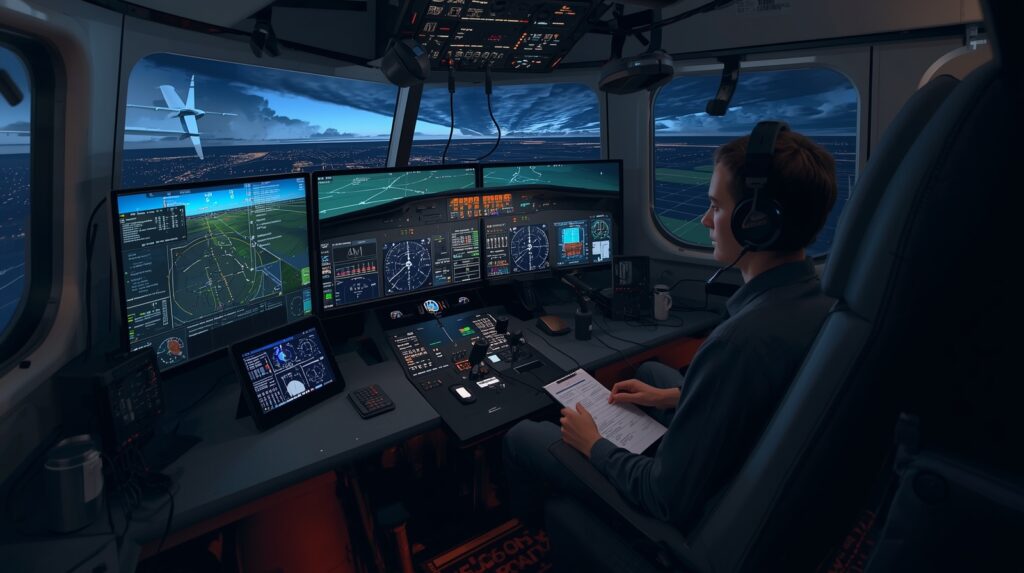
Build an FAA-Aligned Workflow for Every Sim Session
Anchor IFR Flight Simulator Training to an FAA-aligned workflow. Begin each session with a real preflight: weather, NOTAMs, alternates, fuel, MEL/aircraft status, and a personal-minimums check. The FAA’s free portal to core references is excellent: Handbooks & Manuals (Instrument Flying Handbook and Instrument Procedures Handbook), and operational weather at the Aviation Weather Center. Our in-house tutorials walk through practical EFB setups, checklists, and brief/debrief habits in Training: Simulator Technology and scenario planning in Flight School Guides.
Design Currency Blocks That Match the Rule (6 Approaches + Holds)
Design your currency blocks to match the rule, not just “fly around.” In 60–90 minutes you can brief and complete six approaches across two or three airports, add a full published hold, intercept and track several courses, fly two missed approaches, and still have time to refly any weak segment. Mix one precision (ILS or LPV) with one or two nonprecision (LOC, VOR, LNAV), include at least one full-procedure approach from an initial approach fix, and practice a published missed to the holding fix. Because the sim lets you pause and reset at will, you can isolate a single weak link—say, localizer tracking in gusty crosswinds—and refly it immediately until it’s bulletproof.
Weather Scenarios That Transfer: Marine Layer, MVFR, Night RNAV
Weather tactics are where simulators pay off. Near real coastlines, a marine layer can collapse ceilings in minutes; inland, convective buildups ride outflow boundaries and clutter your planned approach with returns. Use the Aviation Weather Center to build layered scenarios: a 700-foot ceiling with 3-mile vis and light rain for an ILS, widespread MVFR to hone alternate planning, or a night RNAV with gust spreads and light turbulence. Commit to stabilized-approach gates—on glideslope by the final approach fix, within ±5 knots of target speed, no more than 2 dots off course—and call a go-around if any gate is busted beyond the FAF. That discipline in IFR Flight Simulator Training transfers directly to the airplane.
Make a Home Desktop Rig a Real IFR Trainer
Not every sim is loggable, but every sim can build skill density. A non-approved home setup won’t count toward regulated credit, yet it’s incredibly effective for chair-flying flows, G1000/GTN automation, briefing patterns, and raw-data recoveries. Mirror the real cockpit: same callouts, same checklist cadence, same EFB profile. Use a screen recorder to capture your scan during approaches; play it back to spot deviations you didn’t notice in the moment, then refly immediately. For ideas on hardware layouts, avionics add-ons, and error-proofing your workflow, start here: Simulator Technology and apply the step-by-step coaching in Pilot Career Advice.
Overdue? IPC Prep with AC 61-98E
If life pushes you overdue and you need an IPC, prepare smart. The FAA’s current guidance consolidates best practices in AC 61-98E. Phase one: in the sim, restore your instrument cross-check, partial-panel confidence, missed-approach discipline, and holds under wind. Phase two: transition to the aircraft with your CFII following the IPC structure in the AC and the Instrument ACS. Treat the sim as a rehearsal that gets you within inches of standard so the airplane IPC is clean and efficient.
Lower Total Cost with High-Density Learning
Cost control is another win. A high-fidelity AATD or FTD usually rents for a fraction of an IFR-equipped airplane per hour, and you can accomplish more repetitions per session. Think “dense learning”: by pushing procedures, failures, and ATC surprises into the sim, your flight time buys what only the airplane can teach—real cues, noise, vibration, and judgment in the weather. Over a rating or a busy year, that mix often saves thousands while producing better outcomes. If you’re mapping a yearlong plan, we keep practical templates and checklists in Flight School Guides.
Standardize Flows, Callouts, and Raw-Data Skills
To maximize transfer, standardize everything. Use identical flows in sim and airplane—power, pitch, trim, flap/gear calls, nav source toggles, and autopilot modes. Bake callouts into muscle memory: “Set missed approach altitude,” “Approach armed,” “LOC alive,” “Glideslope alive,” “500 stable,” “Minimums.” Build a small blacklist of errors with outsized consequences: forgetting the missed altitude, late APR arming on LPV, neglecting to set CDI to final course on a back course, or failing to brief the hold. In IFR Flight Simulator Training, practice no-gyro vectors, hand-flown localizers with crosswinds, and raw-data stepdowns so your scan stays sharp when automation hiccups.
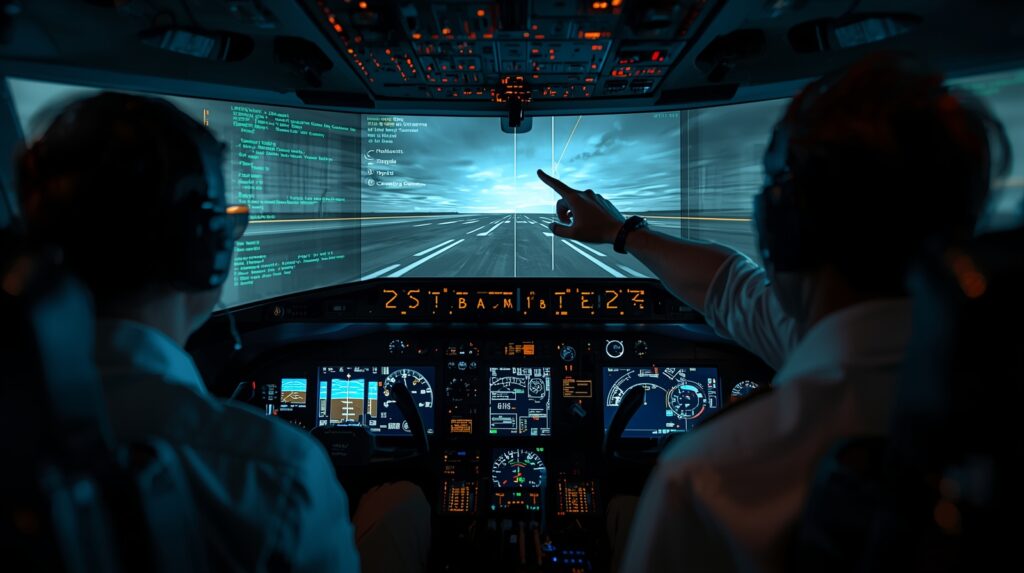
IFR Flight Simulator Training FAQs
Can I log approaches in a sim for IFR currency? Yes, in an FAA-qualified FFS/FTD or an FAA-approved ATD (BATD/AATD) used per its LOA and program. The rule is §61.57 and practical guidance is in AC 61-98E.
How many ATD hours can I use toward the instrument rating? Up to 10 hours in a BATD or up to 20 hours in an AATD (max 20 if mixed). See AOPA’s explainer and device standards in AC 61-136B.
Do home sims help if they don’t “count”? Absolutely—when you mirror avionics and apply strict stabilized-approach gates, home sims accelerate learning and reduce airplane time needed to perfect procedures.
Where should I get official study material? The FAA’s handbook portal is the canonical source: Handbooks & Manuals. For real-time weather planning, use the Aviation Weather Center.
A Monthly Rhythm That Keeps You Current
A great monthly rhythm looks like this. Week 1: a 90-minute AATD session to complete six approaches plus hold and intercept/track, with one full-procedure and one missed to the published hold. Week 2: a home-sim debrief/refly focusing on the weakest element, such as localizer tracking in a 15- to 20-knot crosswind. Week 3: a short aircraft flight to validate procedures in the real environment—noise, workload, and ATC cadence. Week 4: a rest and review week; read a chapter from the Instrument Procedures Handbook and set next month’s scenarios. Anchoring your schedule this way keeps you ahead of currency while steadily climbing the proficiency curve.
Official Resources and Trusted References
For the newest guidance, keep these official links handy. Currency and IPC structure live in AC 61-98E. Device qualification and usage are in AC 61-136B. The core rule text is §61.57. Your weather brief starts at the Aviation Weather Center, and your foundational study material is in Handbooks & Manuals. When you want practical checklists, sim gear ideas, and scenario blueprints that match real training goals, explore our internal library: Simulator Technology, Flight School Guides, and Pilot Career Advice.
Bottom Line: Train Smart, Fly Safer, Spend Less
IFR Flight Simulator Training turns a compliance chore into a precision craft. Use approved devices to maintain currency by the book, use home sims to multiply high-quality reps, and build repeatable scenarios that mirror the flying you actually do. With disciplined briefs, stabilized-approach gates, and focused debriefs, you’ll fly fewer “surprise” go-arounds in IMC, save meaningful money, and keep your instrument skills ready for the worst weather on the best day.
What to read and where to practice next
For deeper how-tos, scenarios, and device reviews, start with our internal library: Training: Simulator Technology, Flight School Guides, and Pilot Career Advice. When you need the official word on IFR rules, currency, and device credit, use the FAA’s own sources: 14 CFR 61.57—IFR recency, AC 61-98E, AC 61-136B (ATD standards), and the FAA’s Handbooks & Manuals portal. For a quick background on credit allowed during the instrument rating in ATDs, AOPA’s explainer remains a helpful summary: AOPA—ATD credit for instrument rating. eCFRFAA+2FAA+2AOPA
Bottom line: IFR simulator training is the most time-efficient, budget-friendly way to stay sharp, legal, and safe. Use FAA-approved devices to maintain currency by the book, use home sims for relentless reps on flows and procedures, and let scenario-based practice turn foggy days into routine missions. When in doubt, start with the rule, structure your session to match it, and debrief with the same rigor you’d bring to a checkride.
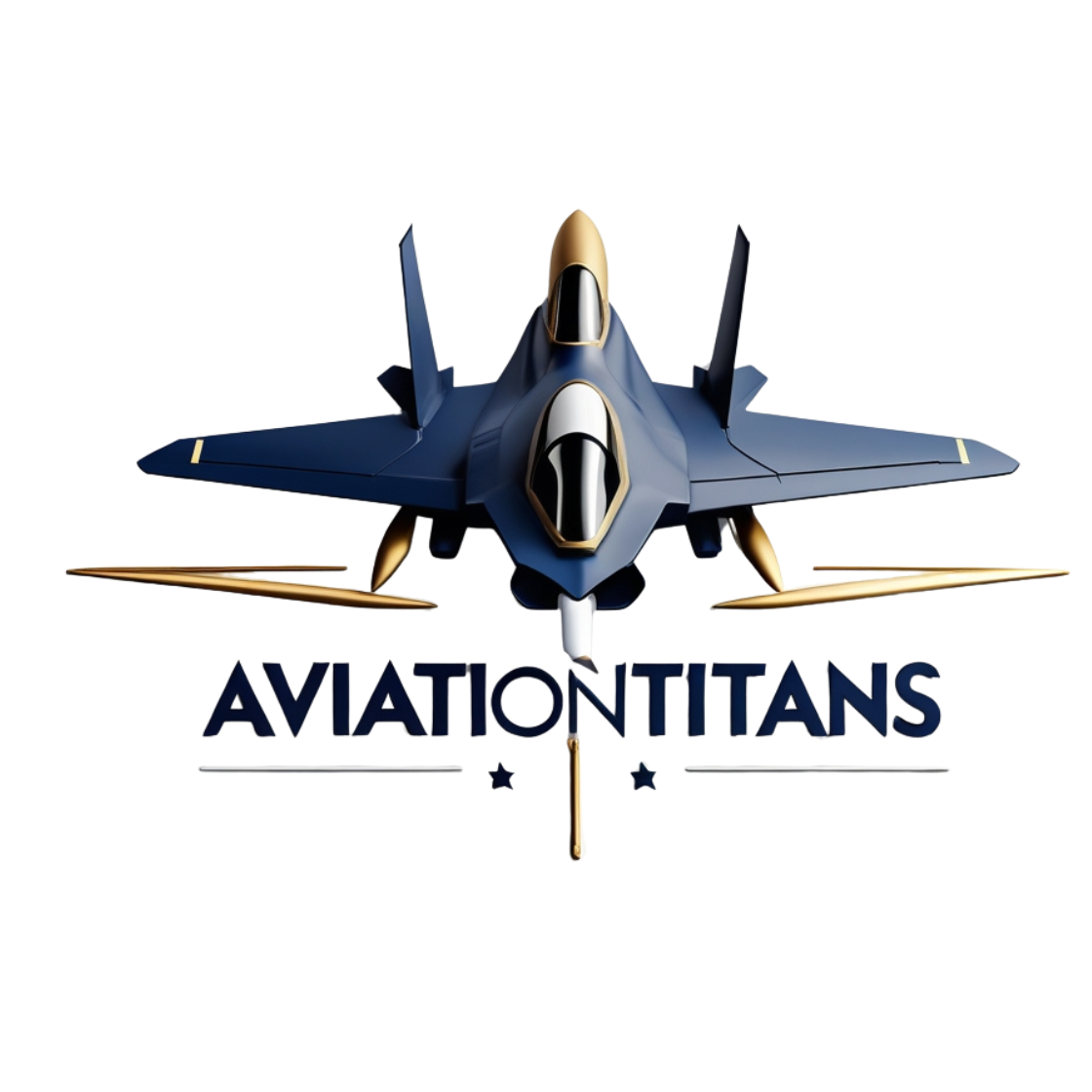
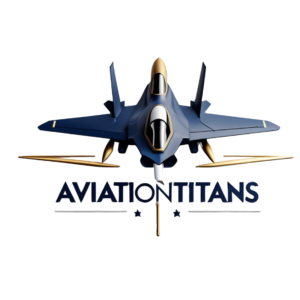
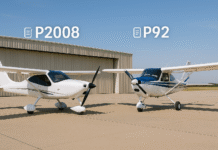
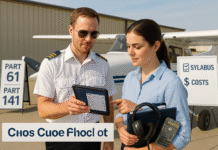
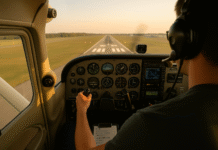

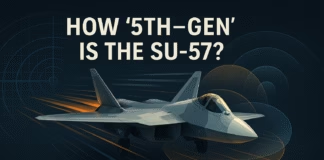
[…] DARPA’s Air Combat Evolution (ACE) has already flown live within-visual-range trials where AI flew against a human-piloted F-16/X-62A, moving beyond lab sims to real dogfights. Read the program page and the 2024 flight-test announcement to understand why trust in autonomy is now a testable requirement, not a buzzword. DARPA+1 Our training section explains how pilots can rehearse manned-unmanned tactics in desktop or full-motion sims: Training: Simulator Technology. […]
👍